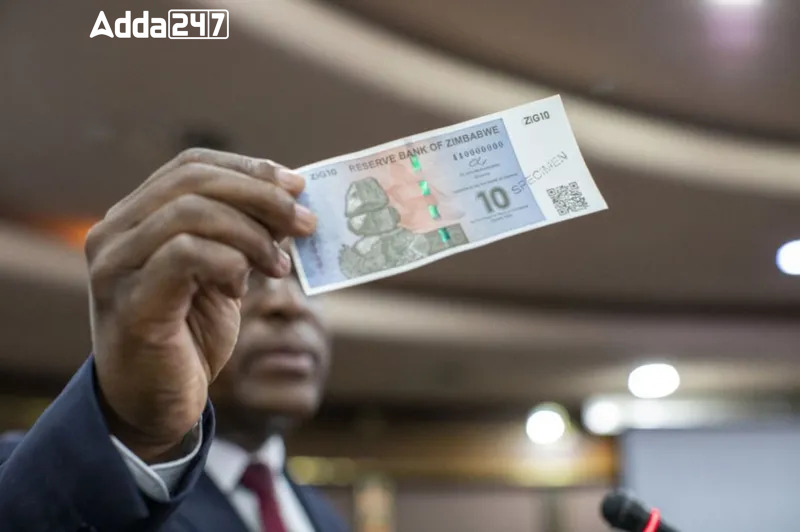In an effort to stabilize its economy after years of turmoil, Zimbabwe has launched a new gold-backed currency called ZiG, an abbreviation for “Zimbabwe Gold.” This move comes as the country grapples with hyperinflation and a volatile financial landscape.
Key Features of ZiG
Under the leadership of central bank governor John Mushayavanhu, the ZiG currency will operate with a market-determined exchange rate, replacing the depreciating RTGS dollar. The new notes, ranging from denominations of 1 to 200, aim to restore confidence in the local currency. Additionally, coins will be introduced to alleviate the scarcity of US coins, which has led to unconventional forms of change.
Backing and Stability
To instill faith in the ZiG, Mushayavanhu assures that the currency will be backed by precious minerals, predominantly gold, or foreign exchange reserves. This measure aims to prevent the rampant devaluation experienced by previous iterations of the Zimbabwean dollar, addressing historic mistrust stemming from past currency crises.
Challenges and Skepticism
Despite the introduction of ZiG, the US dollar remains the dominant currency in transactions, reflecting deep-seated preferences among Zimbabweans. Skepticism persists due to previous failed attempts at currency stabilization, notably the bond note, which collapsed amid government overspending.
Moving Forward
With a 21-day window for exchanging old notes, the success of ZiG hinges on its ability to maintain stability and restore economic confidence. The government’s commitment to prudent monetary policies and effective oversight will be crucial in ensuring the viability of the new currency in the long term.




 Right-Wing Leader José Antonio Kast Beco...
Right-Wing Leader José Antonio Kast Beco...
 Three MoUs Signed as PM Modi Visits Addi...
Three MoUs Signed as PM Modi Visits Addi...
 Italy Becomes First Country to Get UNESC...
Italy Becomes First Country to Get UNESC...







